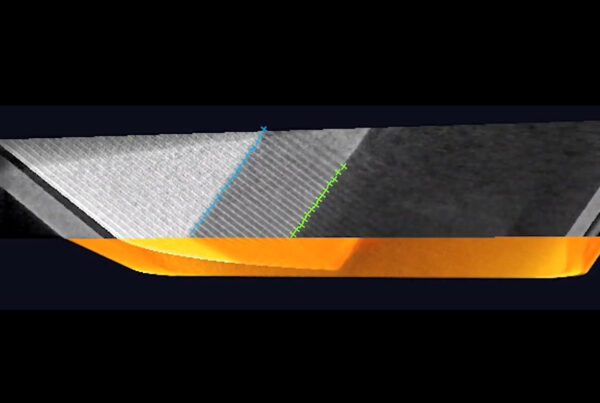In this issue we turn our attention mainly to the analytical applications of Excillum’s X-ray sources. We want to highlight how well MetalJet sources integrate with X-ray optics and point you towards the optics integration we offer. We also talk about crystals, extremely small crystals, and how the MetalJet technology (coupled with good X-ray optics!) enable single crystal X-ray diffraction on difficult samples such as tiny, fragile and poorly diffracting crystals with higher resolution, lower noise and better overall quality with much shorter data collection time compared to any other home-lab X-ray source. In short, enabling measurements previously not possible outside of the synchrotron.
Enjoy reading!
Sincerely,
Björn Hansson, CEO
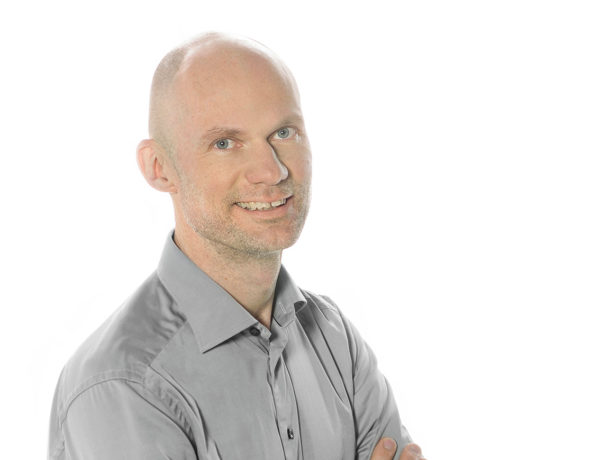
MetalJet with Optics
All MetalJet sources are perfectly suited for integration with X-ray optics thanks to the small extreme brightness X-ray spot, high spot stability and close coupling (short x-ray spot focus to window distance). Focused or collimated beams of mono- or polychromatic X-rays can thereby be generated with state-of-the-art performance.

Let’s talk about small crystals
Single crystal X-ray diffraction is the workhorse method to determine molecular structure of chemical or macromolecular compounds. At the same time this technique requires a single crystal sample that diffracts enough at the resolution needed for molecular structure solution. It means that you need to grow a crystal of big enough size out of your compound. This can be tedious work, and sometimes plain impossible. Many modern microfocus X-ray sources can generate a spot size close to 100 µm, but a 100 µm crystal is still XXL for many types of compounds. Sometimes you are stuck with a crystal of tens of µm or less and then you really need the highest possible flux into the smallest possible X-ray focus. Thereby you don’t only get more flux on your crystal, but also less radiation outside of the crystal which greatly improves signal to noise since any X-ray photon not hitting the crystal is only contributing to background noise. In addition, a tiny X-ray beam is particularly beneficial for in-situ studies where a small X-ray beam will minimize the background scatter from liquids and sample holders that is devastating for the signal to noise.
A MetalJet D2+ coupled to state of the art X-ray optics can generate a beam smaller than 100 µm with the highest available flux on your tiny crystals.

With more photons on the crystal and less photons generating noise, high signal-to-noise ratio is achieved.
Crystal size: 0.04 × 0.01 × 0.01 mm3
Data collection time: 2 hours
R1 = 4.9 %
Completeness: 98.3%
” This is the smallest sample I have tried on MetalJet at this moment. The crystal was a fiber and I could barely see and mount it with a MiTeGen 75 micron MicroMount. I was informed that the compound was not stable in air, and I just mounted it as quickly as I could. I didn’t expect any useful diffraction from it at all, but I was wrong.
Learn more about how MetalJet meets the challenges with small crystal measurements.
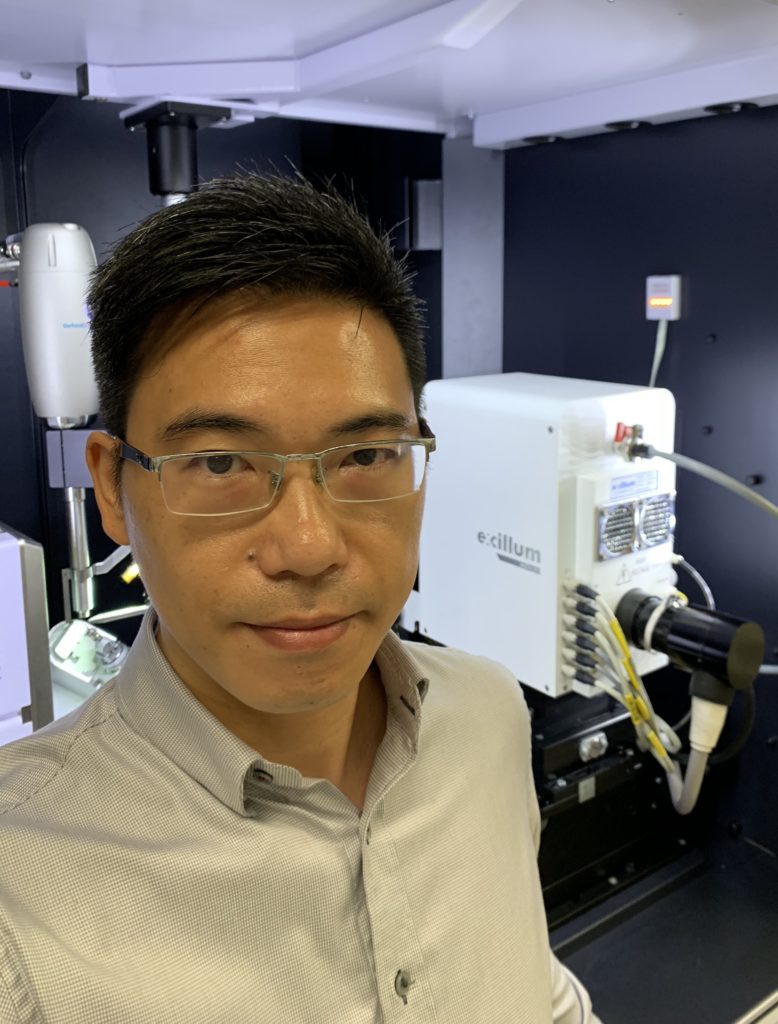
Kom-Hung Low, Ph.D.
X-ray Facility Manager
The University of Hong Kong, Department of Chemistry
Conference season
We hope to see you soon as we participate in meetings around the globe in the next few months.
Meet us in Cinncinnati, Denver, San Diego in the US, Göttingen, Germany, Cairns, Australia and Vienna in Austria.
Welcome to contact our Sales representatives if you want to schedule a meeting.
See detailed event calendar.
Strong team
We are continously strengthening our team and are proud to present two of our newest colleagues, David Lindblom, Chief Operating Officer and Lars Kjellberg, Head of Research.
Expanding facilities
We are pleased to announce expansion of our facilities that will help us cater for the increased interest in our products. Our office, laboratory and production site is still in Kista, just north of Stockholm, but now at the following address:
Jan Stenbecks Torg 17, 16440 Kista, Sweden

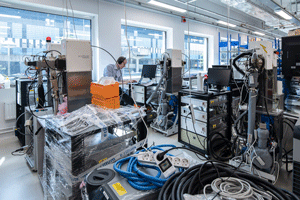
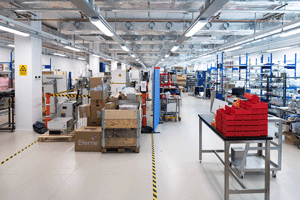
Wishing you all the best and looking forward to welcoming you to our new headquarters in Stockholm!
The Excillum Team
Published: July 9, 2019


